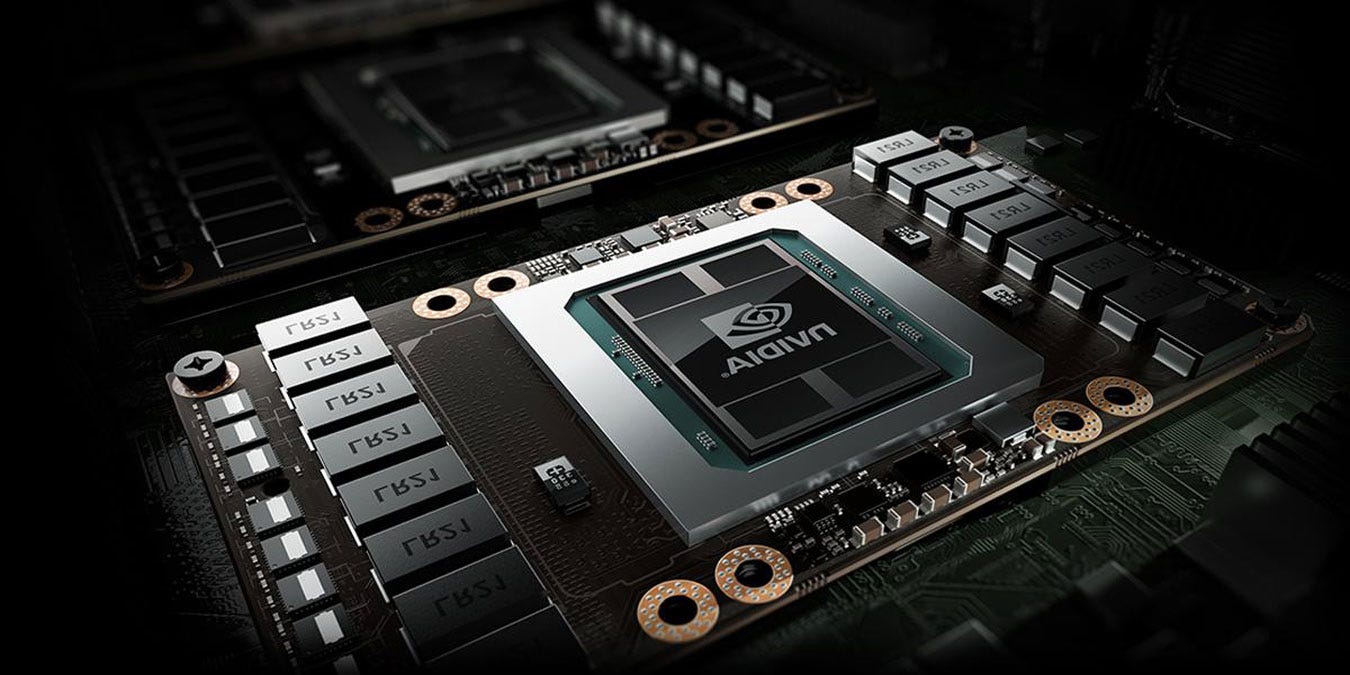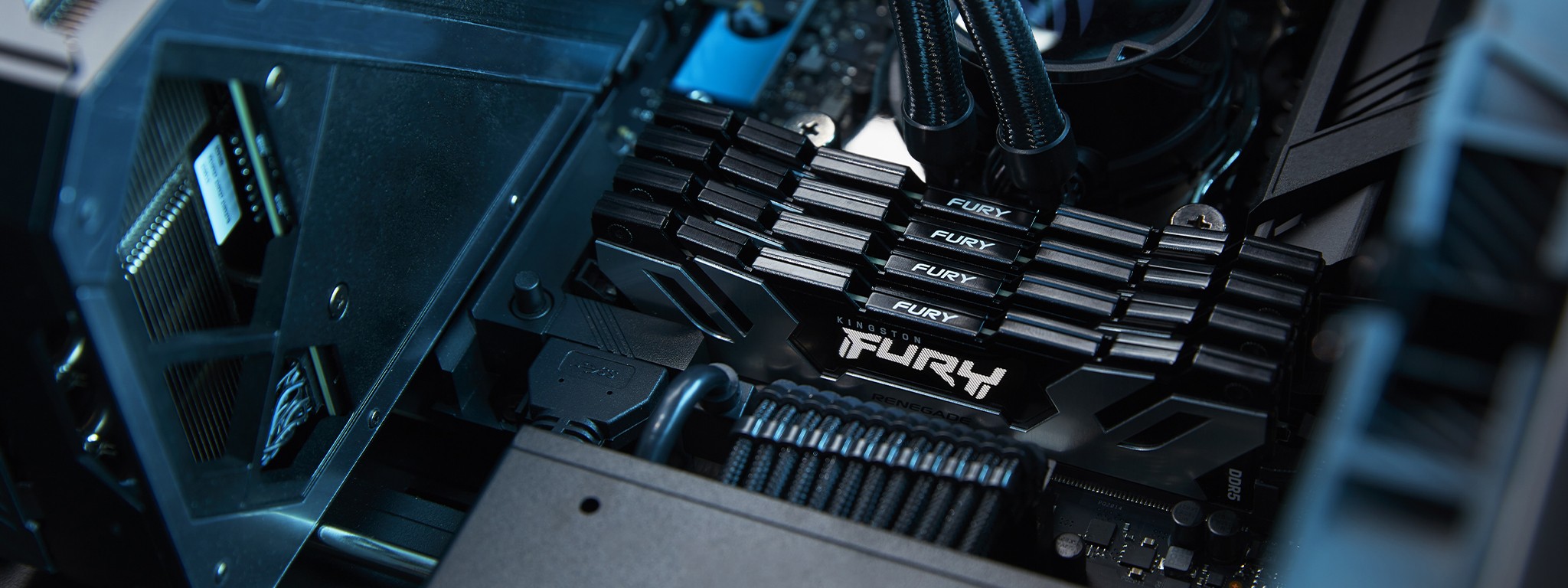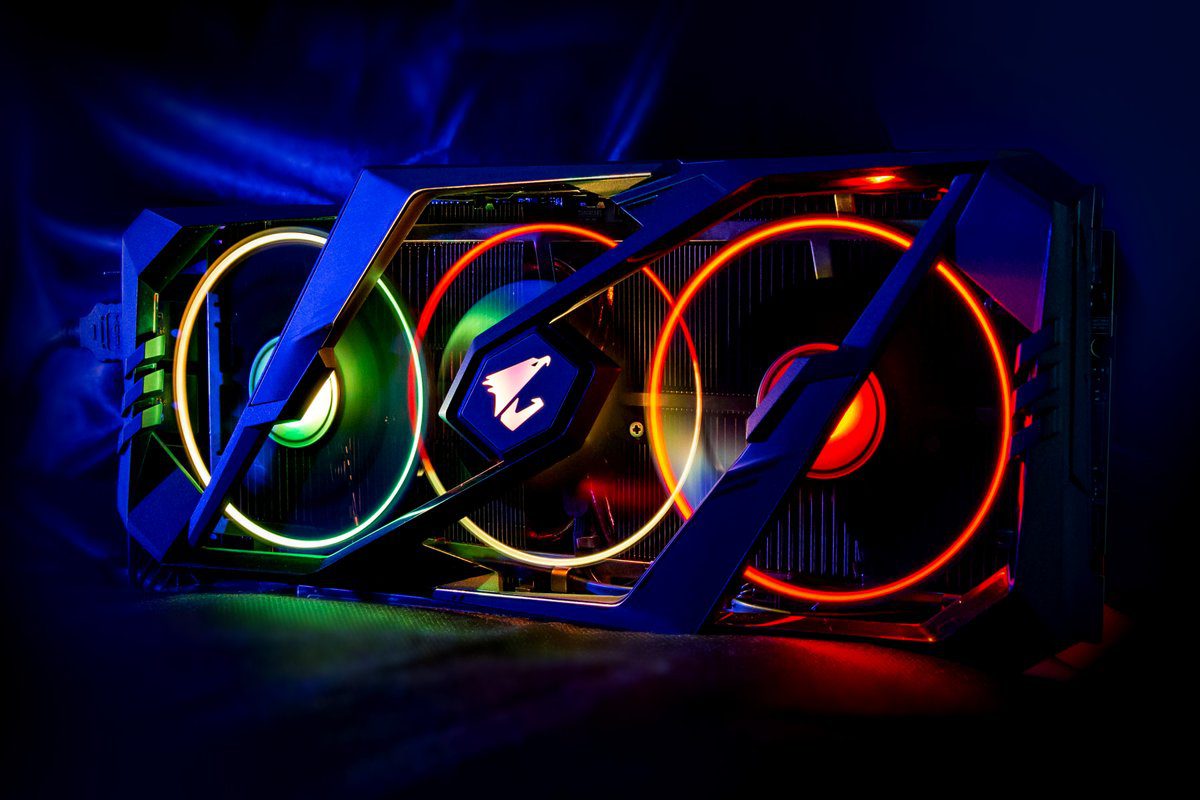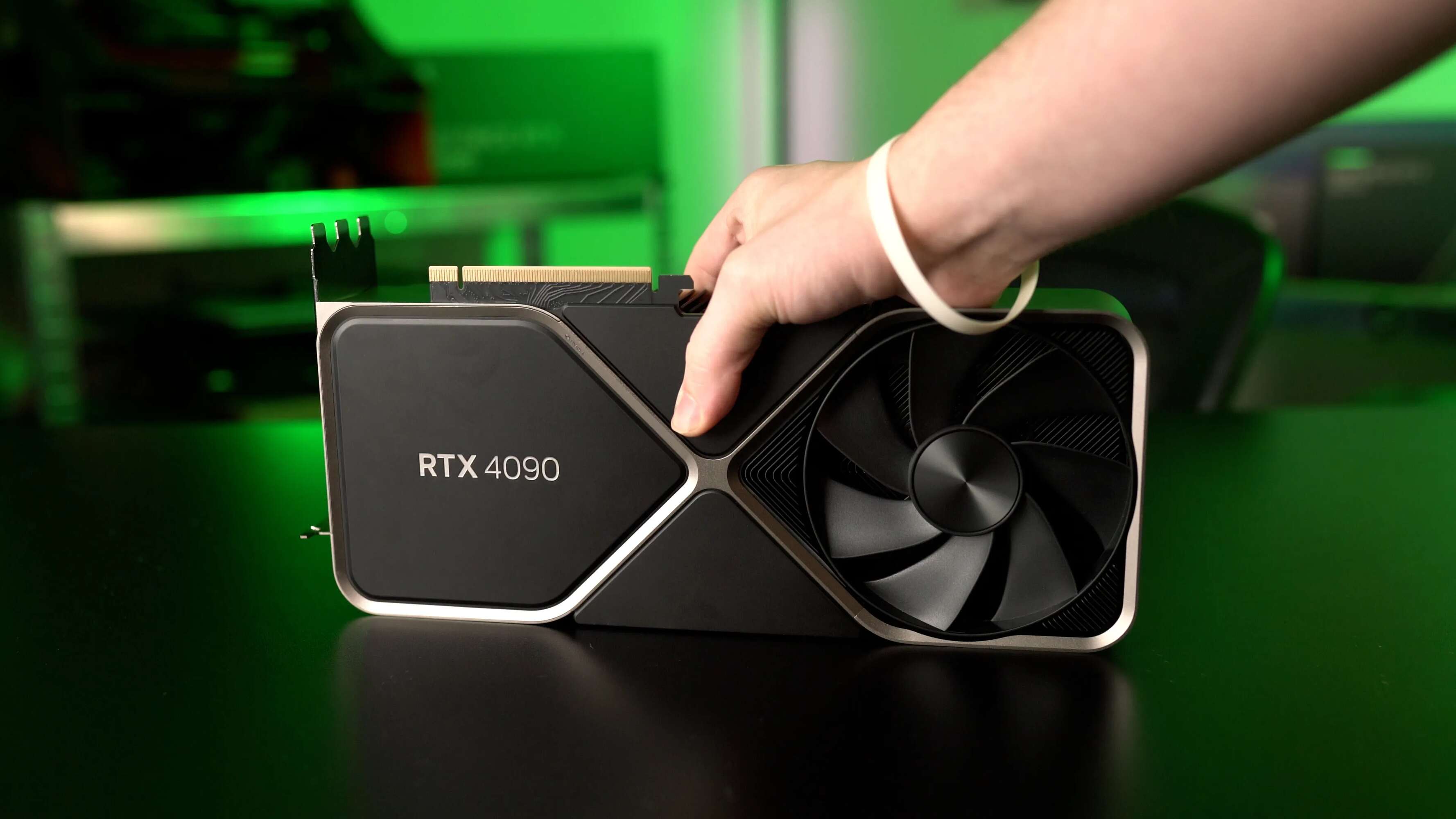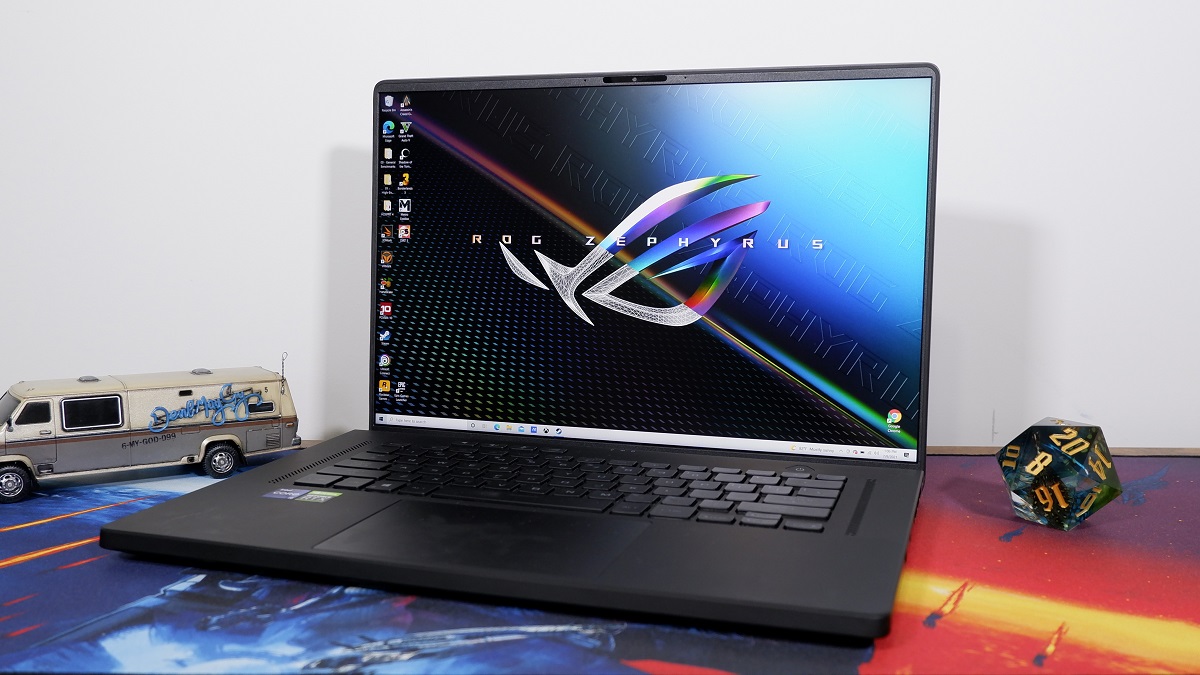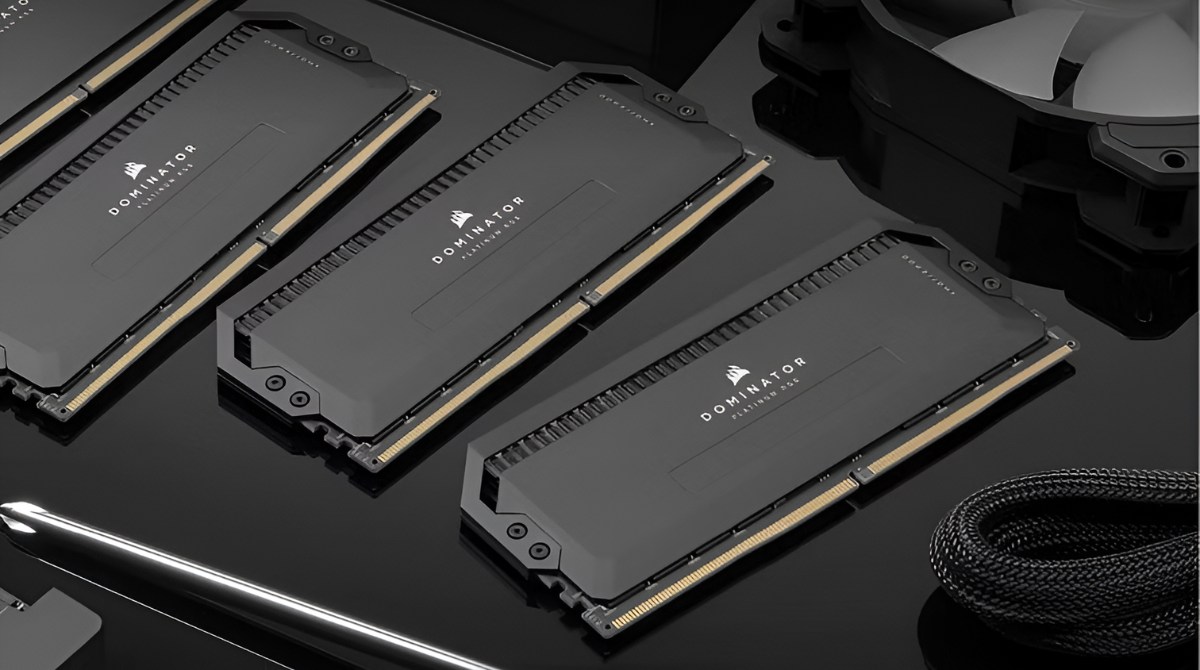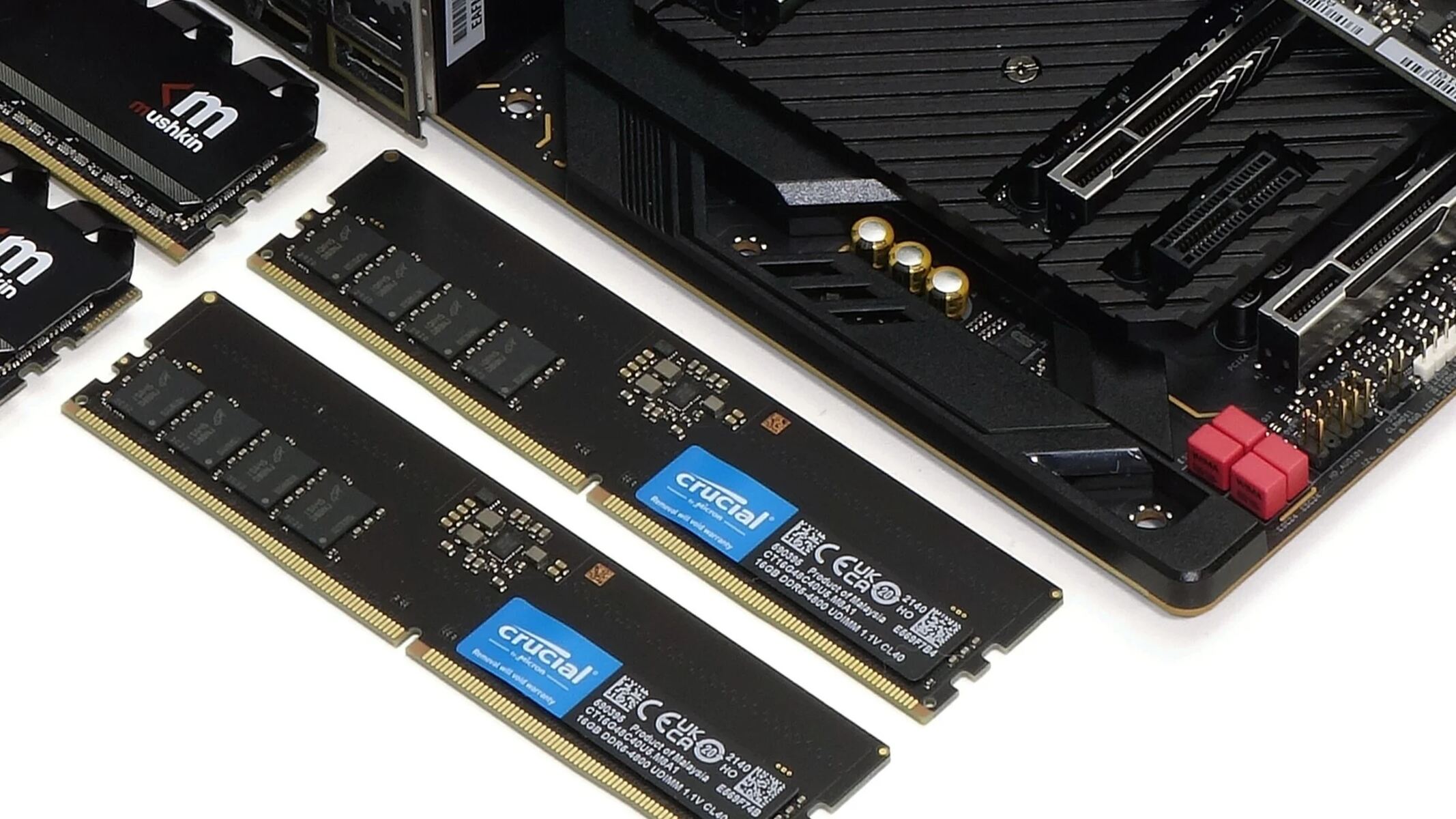Introduction
Graphics RAM, also known as Video RAM (VRAM), plays a crucial role in powering the visual performance of modern computing devices. Whether you’re gaming, editing videos, or working with graphic-intensive applications, having sufficient graphics RAM is essential for smooth and immersive visual experiences.
Graphics RAM acts as a dedicated memory for storing and processing graphical data, including textures, shaders, and framebuffer data. It works in tandem with the computer’s main system memory (RAM) to handle the vast amounts of data required to render high-resolution graphics and animations.
With the constant advancements in graphics technology and the increasing demands of modern applications and games, having enough graphics RAM has become more important than ever. In this article, we will explore the concept of graphics RAM, how it works, its significance in gaming, the different types available, and how to choose the right graphics RAM for optimal gaming performance.
So, if you’re ready to dive into the world of graphics RAM and supercharge your gaming experience, let’s get started!
What is Graphics RAM?
Graphics RAM, or Video RAM (VRAM), is a specialized type of memory used by computers and other devices to store and manipulate graphical data. Unlike regular system RAM, which is used to store general-purpose data and instructions, graphics RAM is specifically designed to handle the unique requirements of rendering high-quality graphics and visuals.
Graphics RAM serves as a buffer between the graphics card and the display, storing all the necessary data to create images, textures, and animations on the screen. It acts as a temporary workspace for the graphics processing unit (GPU), allowing it to quickly access and manipulate the graphical data needed for smooth and seamless visual rendering.
One of the key advantages of graphics RAM is its high speed and bandwidth. It is optimized for the intensive parallel processing tasks required for rendering complex graphics, such as real-time 3D environments and high-resolution textures. By having dedicated graphics RAM, the GPU can retrieve and process the graphical data without relying heavily on the slower system RAM.
Another crucial aspect of graphics RAM is its capacity. The amount of graphics RAM available in a system determines how much graphical data can be stored and processed simultaneously. Higher amounts of VRAM allow for more detailed textures, larger game worlds, and higher levels of graphical fidelity.
Graphics RAM also plays a significant role in reducing bottlenecking and improving overall system performance. With faster access to graphical assets, the GPU can render frames more quickly, resulting in smoother animations, reduced input lag, and faster load times.
Overall, graphics RAM is essential for delivering immersive experiences in gaming, graphic design, 3D modeling, and other visual-intensive applications. It enables computers and devices to handle the demanding computational requirements of modern graphics rendering, ensuring smooth, realistic, and visually stunning output.
How Does Graphics RAM Work?
Graphics RAM operates in conjunction with the graphics processing unit (GPU) to handle the vast amounts of data required for rendering graphics. When a game or application sends graphical data to the GPU for processing, the GPU retrieves the necessary assets from the system memory or the storage device and transfers them into the graphics RAM.
Once the graphical data is stored in the graphics RAM, the GPU can access it quickly and efficiently. The GPU employs parallel processing techniques to manipulate this data, performing tasks such as texture mapping, shading, lighting calculations, and other graphics-related operations. The result is a rendered frame that contains all the visual information needed to be displayed on the screen.
In a gaming scenario, for example, the graphics RAM stores various elements, including textures, shader programs, models, and framebuffer data. These elements are constantly being read and modified by the GPU as it renders each frame. The textures provide detailed surface information for objects, the shader programs define how light interacts with the objects, the models represent the geometry of the objects, and the framebuffer data holds the final rendered image.
The GPU reads the required assets from the graphics RAM and performs complex calculations to generate the final rendered image. It applies textures to the models, performs lighting calculations based on the shader programs, and combines multiple elements to create a seamless and realistic image. All these operations happen in parallel, allowing for real-time rendering and smooth gameplay or visuals.
One important aspect to note is that the graphics RAM is dedicated solely to the GPU. It is separate from the system RAM, which is used for general computing tasks. By having dedicated graphics RAM, the GPU can work independently and access the graphical assets without being hindered by other processes running on the system.
The speed and bandwidth of the graphics RAM also play a vital role in its performance. The faster the RAM and the wider the memory bus, the quicker the GPU can access and manipulate the graphical data. High-speed graphics RAM ensures smooth frame rates, reduced stuttering, and improved overall visual fidelity.
In essence, graphics RAM serves as a specialized and dedicated memory resource for the GPU, allowing it to efficiently process and manipulate graphical data and deliver stunning visuals in real-time.
Importance of Graphics RAM in Gaming
Graphics RAM plays a critical role in delivering a smooth and immersive gaming experience. It directly impacts the visual quality, performance, and overall responsiveness of games. Here are some key reasons why graphics RAM is important in gaming:
1. Visual Fidelity: Games today feature stunning graphics with intricate details, high-resolution textures, and realistic lighting effects. Having an ample amount of graphics RAM allows the GPU to store and access these assets quickly, ensuring sharp and detailed visuals. It enables the rendering of complex scenes without sacrificing image quality or experiencing texture pop-ins.
2. Higher Resolutions and Frame Rates: Graphics RAM significantly affects the ability to play games at higher resolutions, such as 1440p or 4K, and achieve smoother frame rates. With more VRAM, the GPU can handle the increased demands of rendering more pixels on the screen and sustaining a higher frame rate without causing stutters or frame drops.
3. Reduction of Loading Times: Games often store assets, including textures, models, and animations, in the graphics RAM to expedite load times. With faster access to these assets, the GPU can retrieve and render the necessary data more quickly, resulting in shorter loading screens and seamless transitions between game areas.
4. Texture Quality and Detail: Graphics RAM directly impacts the quality and level of detail in textures. Higher amounts of VRAM allow for larger texture sizes, seamless transitions between textures, and more texture variety within the game world. This leads to enhanced realism, sharper textures, and improved immersion during gameplay.
5. Virtual Reality (VR) Gaming: VR gaming relies heavily on graphics RAM due to the demanding nature of rendering highly immersive virtual environments. VR games require high-resolution displays and real-time rendering of two perspectives simultaneously. Ample graphics RAM is essential to ensure smooth, responsive, and visually stunning VR experiences.
6. Modding and Graphics Enhancements: Many games support modding and the use of graphics enhancement tools, such as texture packs or graphics mods. These modifications can significantly enhance the visual quality of the game but often require additional graphics RAM to handle the increased assets and data.
Overall, having sufficient graphics RAM is crucial for gamers who want to experience games at their highest graphical potential. It allows for improved visual fidelity, smoother gameplay, reduced loading times, and the ability to play games at higher resolutions and frame rates. Investing in a graphics card with an adequate amount of VRAM is essential for an optimal gaming experience.
Types of Graphics RAM
There are several types of graphics RAM available in the market, each with its own set of characteristics and performance capabilities. Here are the most common types of graphics RAM used in modern gaming:
1. GDDR6: GDDR6 (Graphics Double Data Rate 6) is the latest and fastest type of graphics RAM currently available. It offers high bandwidth and faster data transfer rates compared to its predecessors. GDDR6 memory modules are commonly found in high-end graphics cards, allowing for exceptional gaming performance at higher resolutions and frame rates.
2. GDDR5X: GDDR5X (Graphics Double Data Rate 5X) is an enhanced version of GDDR5 memory with increased bandwidth. It features improved data rates, allowing for better performance compared to standard GDDR5 memory. GDDR5X is often found in mid-range to high-end graphics cards, offering a good balance of price and performance.
3. GDDR5: GDDR5 (Graphics Double Data Rate 5) is the most widely used graphics RAM type in gaming. It provides good performance and bandwidth for most gaming needs at a relatively affordable price. GDDR5 memory modules are commonly found in mid-range graphics cards and are capable of handling high-resolution gaming at moderate frame rates.
4. DDR4: While DDR4 (Double Data Rate 4) RAM is primarily designed for system memory, it is also used as graphics RAM in entry-level or budget-oriented graphics cards. DDR4 memory does not offer the same level of performance as GDDR memory but can still deliver satisfactory gaming experiences at lower resolutions and settings.
5. HBM2: High Bandwidth Memory 2 (HBM2) is a type of graphics RAM that offers exceptional bandwidth and power efficiency. HBM2 memory is stacked vertically, allowing for shorter data paths and higher speeds. It is commonly found in high-end graphics cards and is especially well-suited for compute-intensive tasks and professional applications, in addition to gaming.
6. HBM: The predecessor to HBM2, High Bandwidth Memory (HBM), is still present in some older graphics cards. While HBM offers lower bandwidth compared to HBM2, it provides better performance and power efficiency compared to GDDR memory. The use of HBM or HBM2 memory depends on the specific generation of graphics card and its intended target market.
It is important to note that the type of graphics RAM used in a graphics card is determined by the manufacturer and is part of the overall specifications of the card. When choosing a graphics card, it is essential to consider not only the amount of graphics RAM but also the type, as it can impact performance and compatibility with certain games and applications.
How to Choose the Right Graphics RAM for Gaming
Choosing the right graphics RAM for gaming is crucial to ensure smooth performance and an immersive gaming experience. Here are some factors to consider when deciding on the type and amount of graphics RAM for your gaming needs:
1. Game Requirements: Take into account the recommended system requirements of the games you intend to play. Some games may have specific requirements, including the minimum amount of graphics RAM needed to run properly. Check the game’s specifications or consult online resources to get an idea of the recommended graphics RAM for optimal performance.
2. Resolution and Frame Rates: Consider the resolution and frame rates you want to achieve in gaming. Higher resolutions, such as 1440p or 4K, and higher frame rates require more graphics RAM to handle the increased data processing. If you plan on gaming at these higher settings, opt for a graphics card with a higher amount of VRAM.
3. Future Proofing: It’s important to consider future gaming trends and advancements. As games become more graphically demanding over time, having a graphics card with ample VRAM ensures compatibility with upcoming titles and a longer lifespan for your gaming system.
4. Budget Considerations: Determine your budget for a graphics card and find the best balance between price and performance. Higher amounts of graphics RAM and faster memory types typically come with a higher price tag. Assess your gaming requirements and budget to choose a graphics card that offers the best value for your specific needs.
5. Additional Features: Consider other features and technologies offered by the graphics card, such as ray tracing support, DLSS (Deep Learning Super Sampling), or other proprietary features. Some of these features may require additional VRAM to function optimally and provide enhanced graphical effects.
6. Manufacturer and Model Reputation: Research the reputation of different graphics card manufacturers and specific models. Look for reviews, user feedback, and benchmarks to determine the performance and reliability of different graphics cards. Consider factors beyond VRAM, such as cooling solutions, power efficiency, and overall build quality.
7. Upgradability: Consider the upgrade potential of your gaming system. If you plan on upgrading your graphics card in the future, ensure that the rest of your system, including the motherboard and power supply, can support higher-end graphics cards with more VRAM.
By considering these factors, you can make an informed decision when choosing the right amount and type of graphics RAM for your gaming setup. Remember that the graphics card, which includes the VRAM, is just one component that contributes to overall gaming performance. A well-balanced system with sufficient RAM, a powerful CPU, and a suitable power supply is essential for optimal gaming performance.
Conclusion
Graphics RAM is a critical component in providing immersive and visually stunning experiences in gaming. Its dedicated purpose of storing and processing graphical data allows for smooth rendering, high-resolution textures, and realistic animations. Selecting the right graphics RAM for your gaming needs is essential to ensure optimal performance and future-proofing.
When choosing graphics RAM, consider factors such as game requirements, desired resolutions and frame rates, budget considerations, and the reputation of manufacturers and specific models. Understanding the different types of graphics RAM available, such as GDDR6, GDDR5X, and DDR4, can help in making an informed decision based on your priorities and gaming aspirations.
Keep in mind that graphics RAM is just one piece of the puzzle. A well-rounded gaming system with sufficient system RAM, a powerful GPU, a capable CPU, and a suitable power supply is essential for achieving a smooth gaming experience.
By investing in an adequate amount of graphics RAM and pairing it with the right hardware, you can unlock the full potential of modern games, enjoy higher resolutions and frame rates, and indulge in the detailed and immersive worlds that developers have created.
So, whether you’re a casual gamer seeking enjoyable gameplay or a hardcore enthusiast pursuing the highest visual fidelity, consider the importance of graphics RAM in optimizing your gaming experience and take the necessary steps to choose the right graphics card for your gaming needs.







